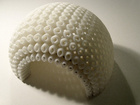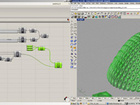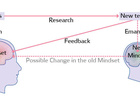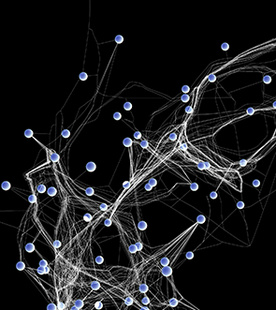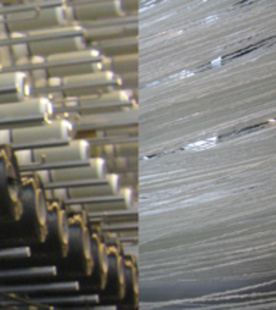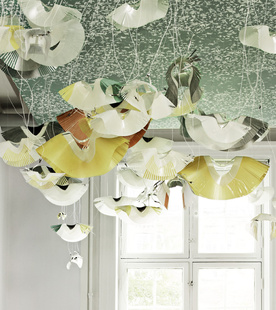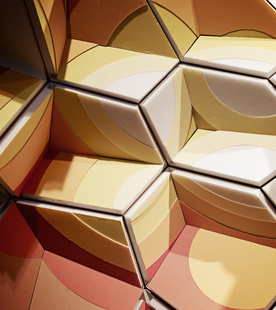Anders Hermund: Applied 3D Modelling and Parametric Design
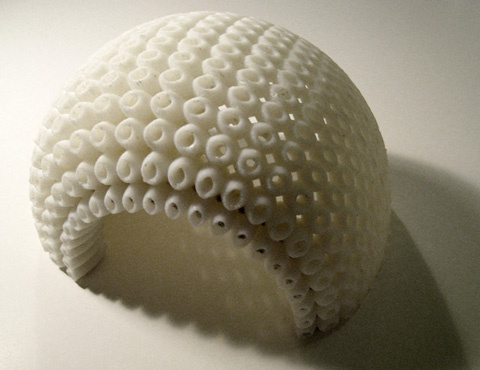
How can a parametric working method contribute to the architectural design?
With this research question I wish to create a theoretical frame, in order to identify and clarify the new potentials of three dimensional practices. From this clarity it is necessary to discuss the appliance and the ethics of the new means of communication and through practice based research establish a usable foundation from these experiences.
I think that the digital development must be seen as a tool that takes part in the interaction of the historical tradition and vision. A tool, and a method, that due to its possibilities of simulation and performing 3D space, will eventually change our perception of reality, and thus our architecture.
Project
The field that has arisen in Denmark in connection to BIM (building information modelling) and the digital construction (and the laws of Client Demands and Digital Working Method) has the peculiar nature that some regards it as a vision for the future, while others are already using it on a daily basis. In other words there are divergent views upon BIM as a general term, and the very specific Danish BIM (bygnings informationsmodel).
Research in this area could help identify the benefits and the importance of being able to influence the development of 3D technologies in a plausible direction for the architects.
Parameters
To work parametrically is working with a interrelation of the applied elements. This is actually not a new idea. Gravity could be an example of a parameter that architects have always been obliged to work with, and wind pressure on the facades of a building could be another. The digital parametrical approach offers a new way of simulating many different solutions within a shorter time span than earlier. The simulation can be brought into the design and then become a part of the design-process. But designing by external parameters requires a profound understanding of the working method – and the starting point becomes crucial. Can parametric design be used to create a frame of work that does not only facilitate the creation of organic shaped spaces, but which becomes a self-referencing logic and a new way of thinking and designing? The new parametric design is ordered through sets of interrelated conditions, functioning in a certain topology, in a system based on digital parametric tools. The interesting part of this is therefore both the criteria of selecting the applied parameters and the way they are applied.

Some questions in relation to this could be: How is an architectural intention being communicated using parametric modelling? Can a specific sensation within architecture be created or translated using parametric design? How does the impact of the new ways of working parametrically change the way we experience and perceive architecture? To what extent can a ‘diagrammatic method’ secure creativity in the parametric system?
In connection to this examination of BIM and parametric design I will use some time in architectural studios, in Denmark and abroad, to examine the different approaches to the use of the new technology. I will as well perform experiments myself related to the topics described.

Mindset
The diagram illustrates, in a simple way, a suggestion of an approach to technology. A mindset creates a vision that has certain needs in order to be realized. Through research new technologies can be invented to satisfy the need. There is a feedback of the technology into the mindset so it can be applied again next time it is required. This is actually already a closed circuit. But some new technologies have the effect that they create new mindsets. A new perspective.
Of course one can linger here in a fascination of technology or the new perspectives of it, but I think it is important to try and take the new ideas back into the old mindset and perhaps make changes there so the foundation incorporates the new ideas. This thought is meant as inspiration to understand my ideas of dealing with the new technologies. I will continue to investigate this idea and off course refine it in the future.


